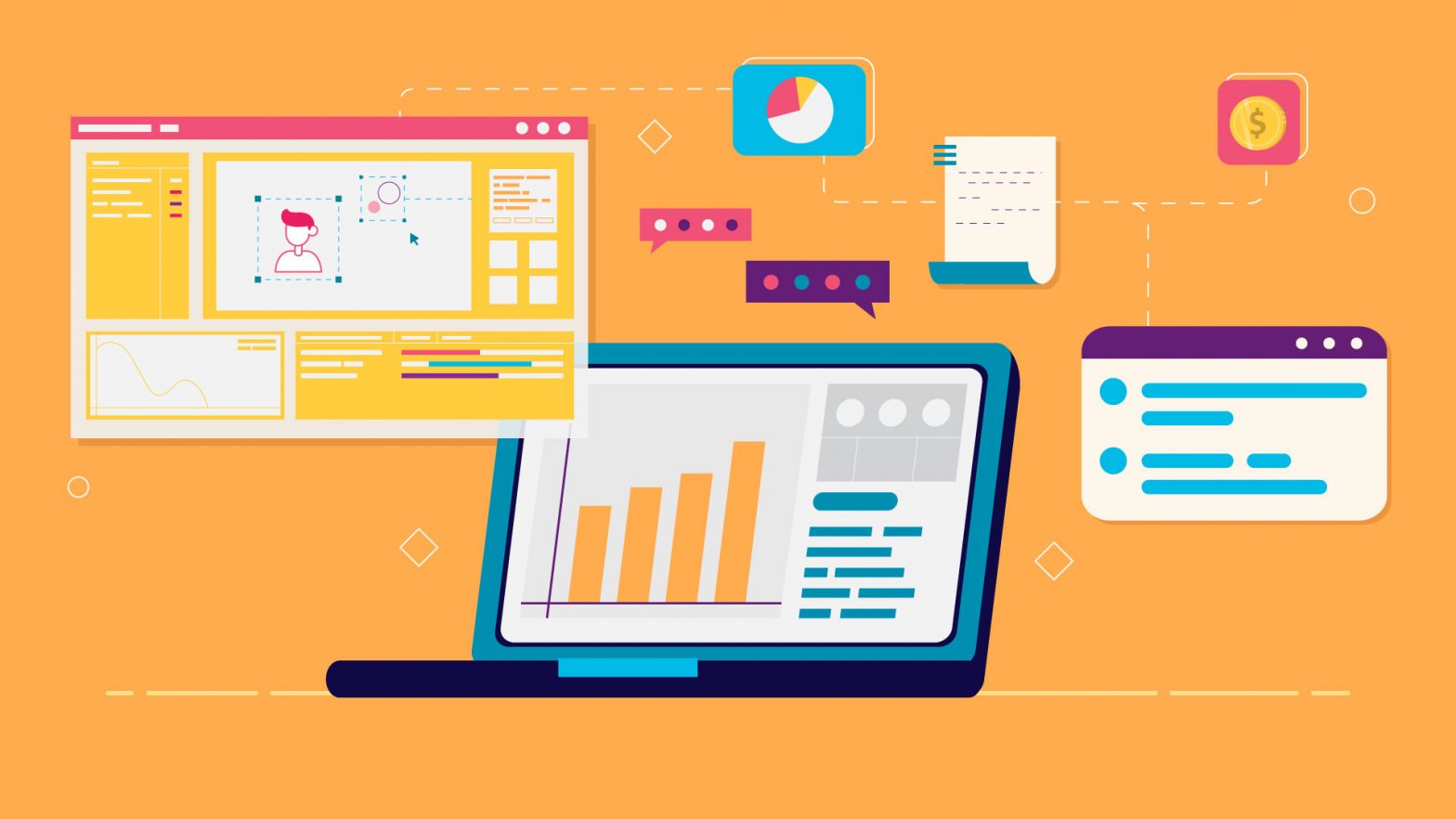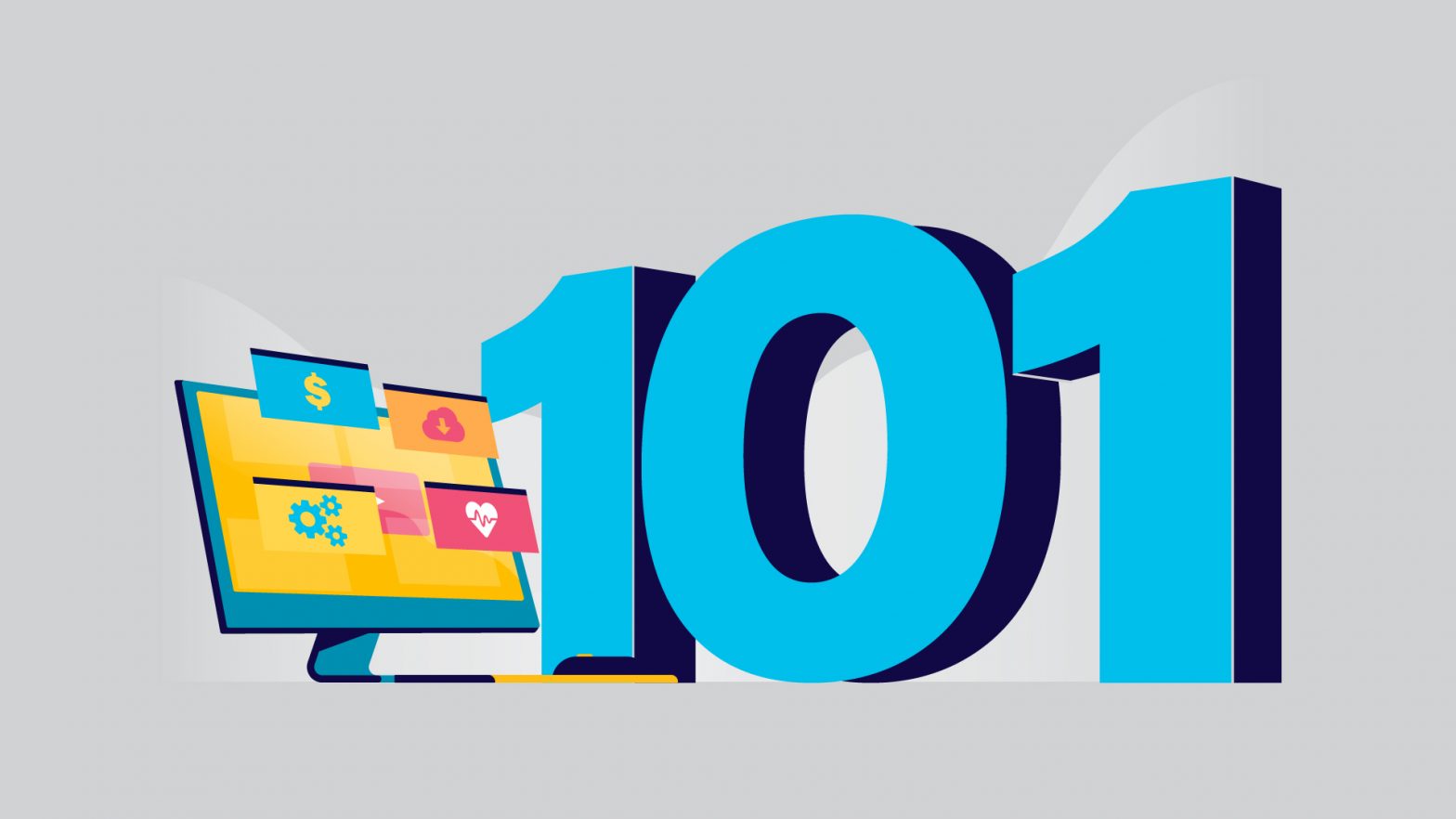It’s an all-too-common story: you’ve put in the time, hard work, and research to plan a winning digital marketing strategy. You’ve used your host of marketing tools to boost traffic to your content and posts. And what do these fresh eyes see?
Boring blocks of black and white. Kiss that web traffic goodbye!
Businesses are catching on to what researchers have known for decades; people remember images much better than words. They grab attention and break up web pages with pleasing lines and colours.
Getting your customer’s attention is the first step in building brand awareness and increasing conversion levels.
Illustration vs Animation
Illustrations are fantastic for branding. They can convey complex messages in simple, easy to understand visuals. They’re beautiful, colourful, and fun.
But they have their limits. It’s easy for illustrations to become convoluted and ugly, bursting with too much information that confuses or turns off customers.
Animations have fewer limits. They can display information quickly or slowly, couch it in charts or fun stories, be straightforward or abstract. What’s better than an image or two? Thousands of them, one after another in eye-catching animations!
Video in Digital Marketing
It is vital to use some kind of video service in your business. Without a video marketing strategy you’re losing out:
- Businesses that market with video get at least 66% more leads and experience a 54% increase in brand awareness per year
- Embedding videos in landing pages can increase conversion rates by 80%
- 90% of customers say videos help them make purchasing decisions
- 64% of customers are more likely to buy a product after watching a video about it
Now that you’ve decided to take advantage of these stats with some dazzling animation videos, it’s time to consider which format is best for the services you use.
This will depend on what type of business you’re in. If you’re looking to attract B2B leads you’ll be marketing on LinkedIn. This is a more mature audience suited to consuming longer videos that explain concepts. One thing to remember here is that many LinkedIn users watch video content on mute, so remember to include closed captions.
YouTube is also a great place to post longer videos. Demos, tips, and how-to videos perform well. Remember that SEO is important on the platform, and don’t use clickbait titles that don’t deliver – this is a sure-fire way to lose followers!
Facebook has a huge amount of reach, with over one billion global users. Video content is incredibly popular on the platform, and attracts a good amount of likes and shares. Keep it light and keep it short – this isn’t the platform for in-depth, lengthy explainer videos.
Twitter is great for mobile-friendly videos, which helps overcome the issue of the character limit on text posts. Remember that over 90% of users will be viewing on a mobile device, and that for the best engagement, it’s best to make your product or service visible at the beginning of the video.
There’s also Instagram to consider. This isn’t just for B2C companies, more and more B2B businesses are making their mark on the platform. Again, remember that users will be viewing your content on a phone, and that although longer-form content on Instagram TV can perform well, short-form content is very popular on the platform.
On that note, it’s important to keep in mind when planning the content for your social media video marketing that in the majority of cases, short and sweet is often the way to go.
Potential clients and consumers browsing social media digest a lot of mental information, so your content has to grab their attention quickly and hold it.
Stick to the recommended time limits for your content:
| YouTube | 2 minutes |
| 1 minute | |
| 45 seconds | |
| 30 seconds | |
| Varies |
Don’t be left out. However you decide to use video, do use it!
Animation on Social Media
The number of users of YouTube, TikTok, and Twitch, and the reach of mobile video is growing every year. While this means more customers it also means more competition.
How can you compete for clicks and shares in such a crowded marketplace?
Animation is the answer. It immediately grabs attention with its bold colours and stylised motion. It appeals to children and adults alike, and can play on new trends or nostalgia. It’s less likely to be seen as an “advert” than using real actors and is more likely to be shared if it’s evocative or humorous.
How Can I Use Animation in My Socials?
After you create your animation through motion graphic agency or computer software, the aftermath is about placing it on the right place.
Animation isn’t all just simple stories and cartoon characters of course. But this animation style can be stunningly effective when used in your social media strategy.
An excellent example is the famous Compare the Market meerkats animation, one so successful that it spawned numerous ad campaigns, catchphrases, cuddly toys, and invaluable brand awareness.
People love stories and relate to characters. It’s much easier to buy into a cartoon character than a logo.
If your brand sells a service, creating an animation showing characters using it is a fantastic way of advertising it; much more evocative than a few paragraphs of dull text.
TikTok, Instagram and Facebook need small, bitesize visuals that can be easily shared. Colourful, odd and funny are the order of the day, and animation is perfect for these platforms, especially since content will mostly be consumed on phone screens.
How to Get Started with Including Animation in Your Content
A good place to start is to look at your digital marketing and social media metrics and see which posts or content get you the highest views and engagement. Once you know what already engages your audience, you can build your strategy further to include videos and animation.
Look not only at what makes your audience not only read your content, but also share it – social media shares (via the social media platform itself or through the sharing buttons on your website or blog) are a great way to boost your exposure and reach.
Video and animations are shared more than any other type of content online, further increasing your chances of being seen online!
As with every other marketing strategy you’re employing, you also need to keep an eye on what your competitors are doing. Look at the videos rival businesses are posting. What’s working for them? What isn’t? Use these insights to help build your own strategy.
Animation is Not Just Limited to Stories
Memorable characters and humorous stories are just the tip of the iceberg. With animation, it’s possible to visualise many concepts that fit your brand:
- The development and design process of your product
- How-to guides
- Food menus
- Moving posters
- Brand philosophy
And it’s not just video; animation can replace static images with moving ones that will attract and surprise potential customers. After all, anything can be an animation!
Further Advantages of Animation
Animation allows for limitless creativity, which can give your brand the edge. But there are two other very important practical reasons why animation is great for brands: costs and control.
Animation is cheaper than live action. Shooting an advert requires a team of actors and crew. Not so with animation, which can be done by just one person with a computer.
What happens if you finally view your new live action advert, and want changes? This might be costly, time-consuming or flat-out impossible. With animation, it is generally easier to make changes and tweak a campaign to get exactly what you need.
Animation for Social Media and Beyond
If you want to increase the impact of your social media you should seriously consider adding quality animation to your arsenal.
Build your brand with colourful images and enhance the effect with related animations that tell stories, explain your product and emotionally affect your audience. It will add a whole new level of value, and may even lead to lucrative merchandising markets you hadn’t considered!
Author: Donata Caira, Expert social media and lead generation at 100 Pound Social. 100 Pound Social offers done-for-you social media and blog articles, as well as effective B2B Lead Generation. They’ve worked successfully with a huge variety of industries, including SaaS, Finance, Marketing, Recruitment, and more.
Facebook: @100poundsocial
Twitter: @100poundsocial
LinkedIn: 100 Pound Social








